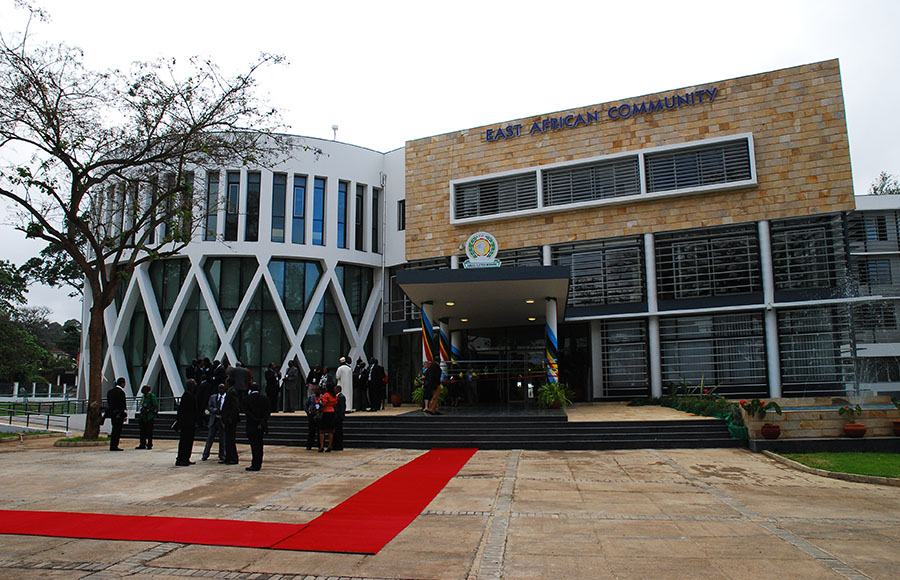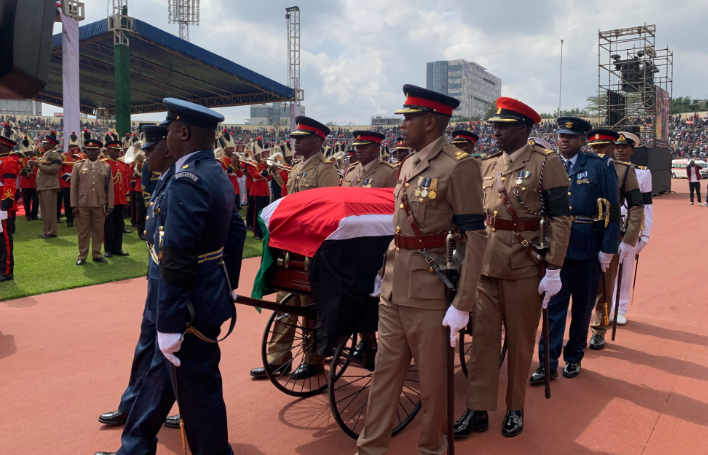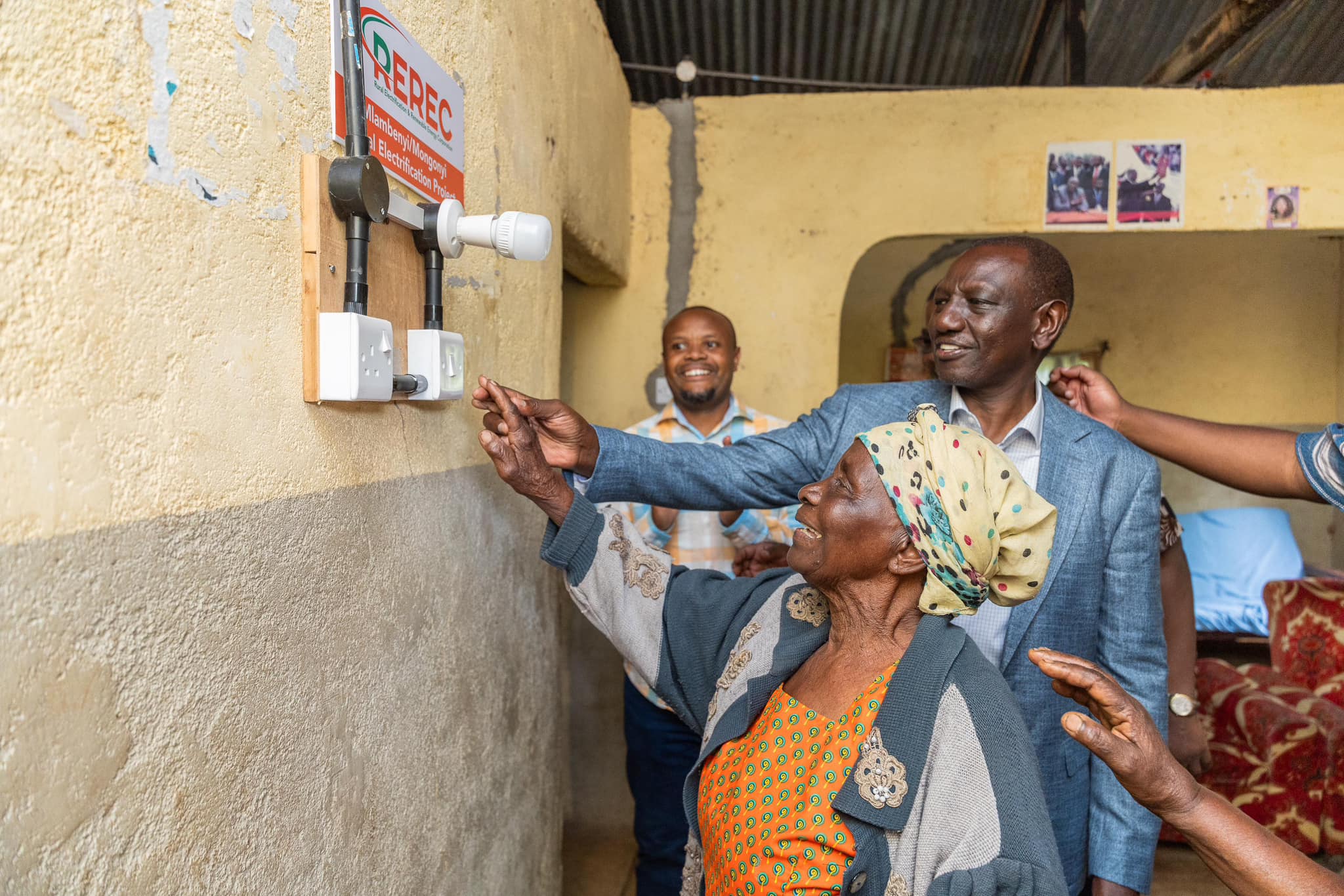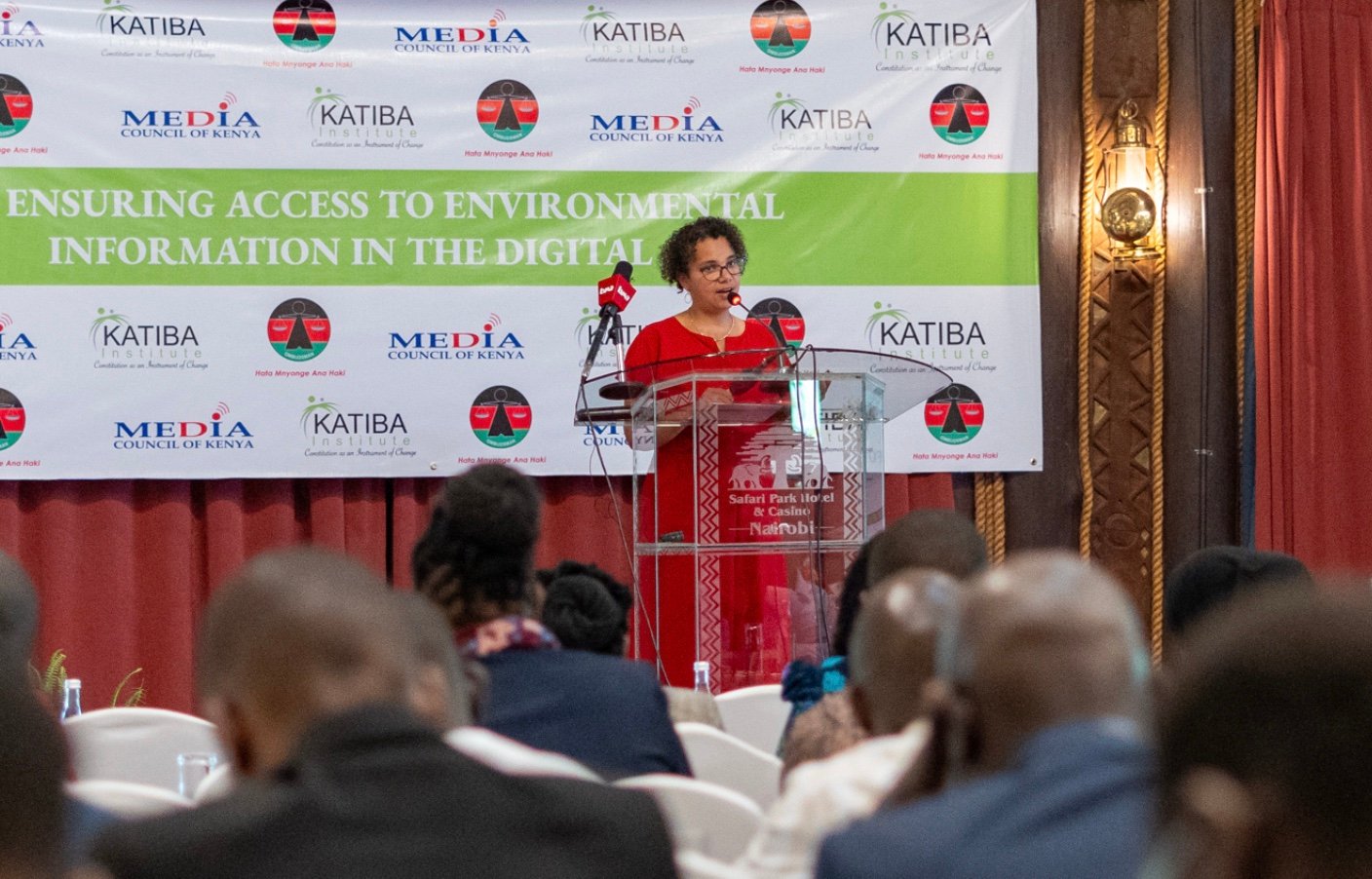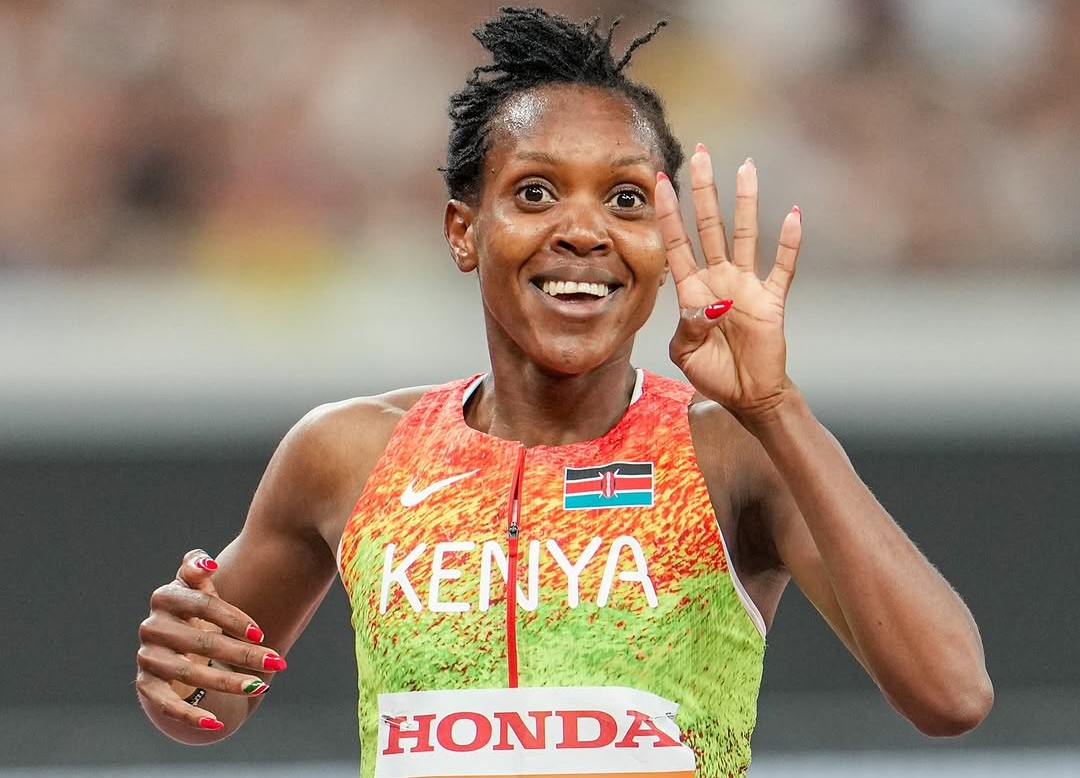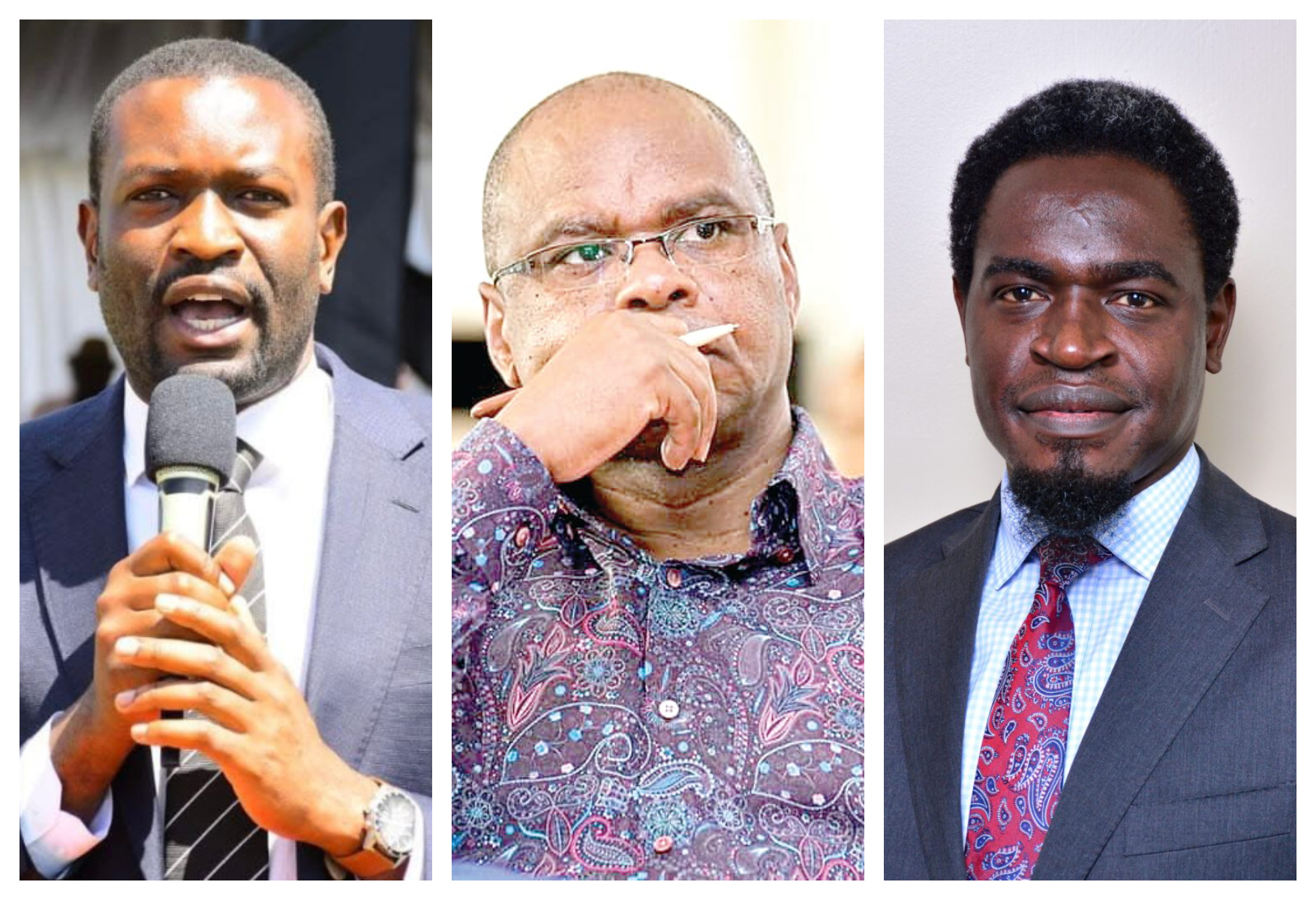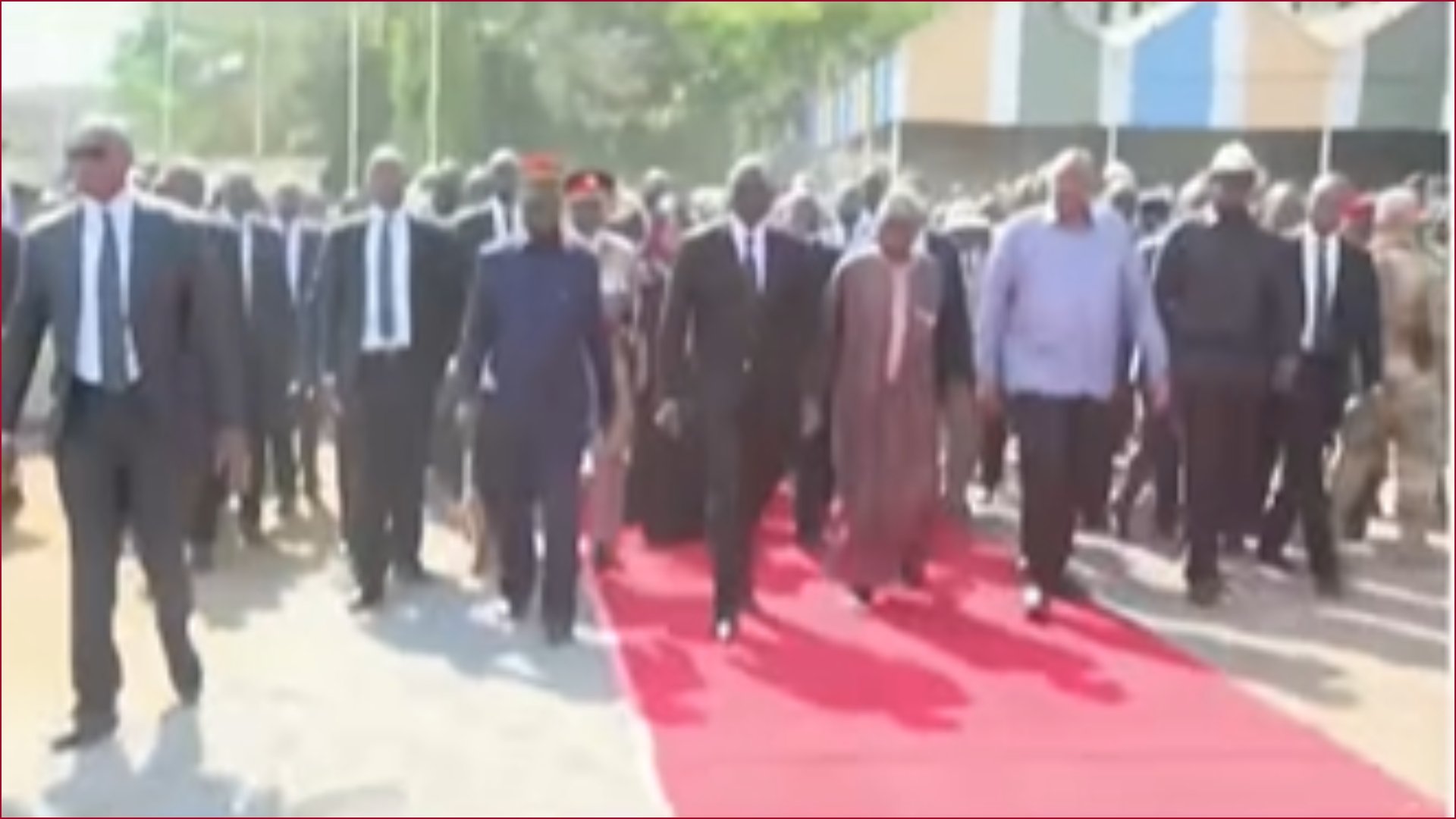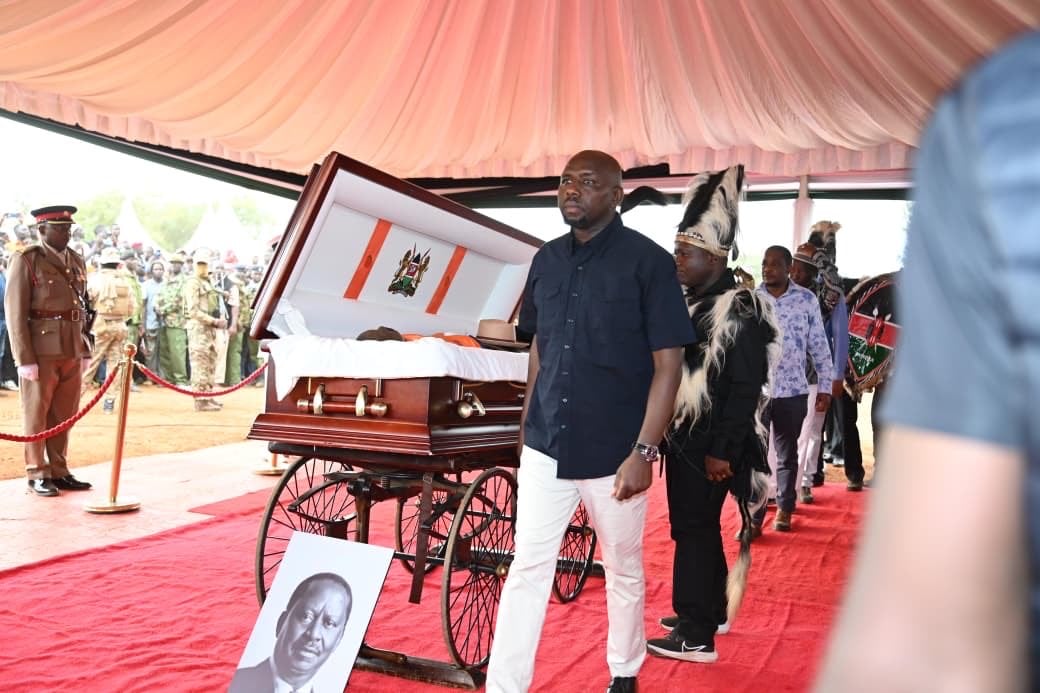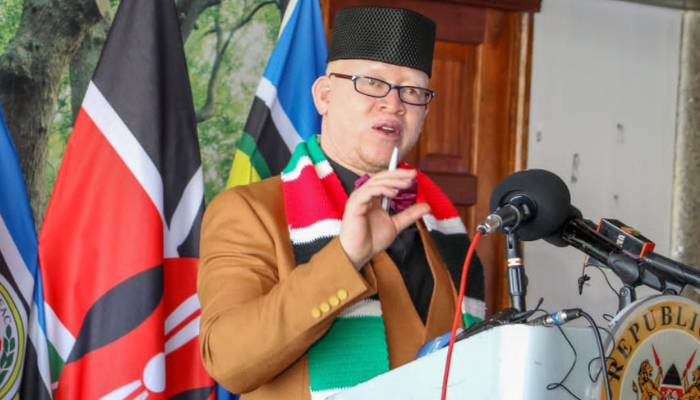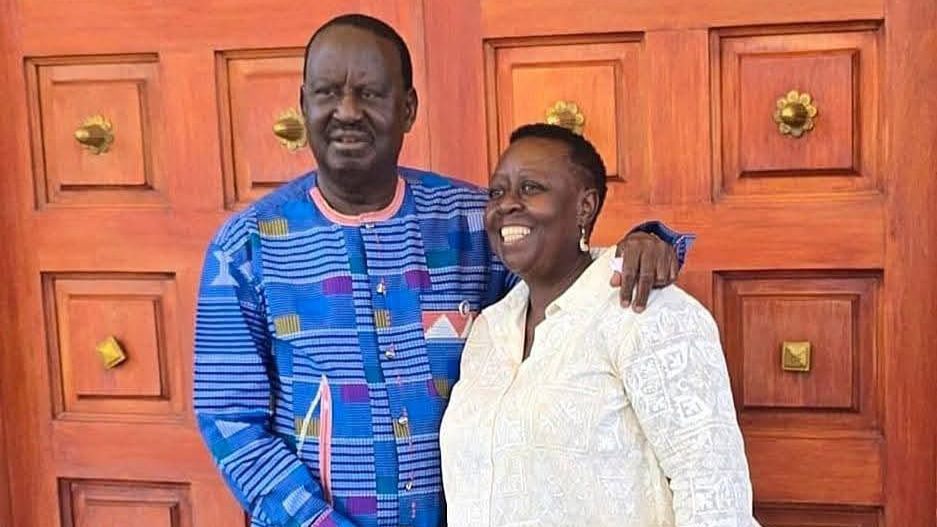Since its establishment, the East African Community (EAC) has emerged as one of Africa’s most ambitious and dynamic regional blocs.
With eight member states, Kenya, Uganda, Tanzania, Rwanda, Burundi, South Sudan, the Democratic Republic of Congo and most recently Somalia, the EAC represents a combined population of over 330 million people and a gross domestic product exceeding $350 billion.
Its goal has been consistent: to promote regional integration and cooperation that improves trade, governance, infrastructure and people’s lives.
Rooted in shared values of peace, solidarity and mutual benefit, the EAC has progressively advanced its integration agenda through four main pillars: a Customs Union, a Common Market, a Monetary Union and, ultimately, a Political Federation.
This article explores the collective efforts that continue to shape the region, the milestones achieved, the persistent challenges, and what the future may hold.
Read More
Laying the Groundwork for Regional Integration
The treaty establishing the East African Community was signed on 30 November 1999 by Kenya, Uganda and Tanzania. Since then, the EAC has expanded and created an elaborate governance structure, led by the Summit of Heads of State and supported by various councils, sectoral committees and institutions.
The community's foundations are built on mutual trust, respect for rule of law, gender equity, peaceful co-existence and a commitment to collective advancement.
One of the most significant efforts in recent years has been the roll-out of region-wide initiatives that encourage cohesion. These include the introduction of a single customs territory, issuance of East African e-passports, and the hosting of cultural celebrations such as the East African Arts and Culture Festival (JAMAFEST).
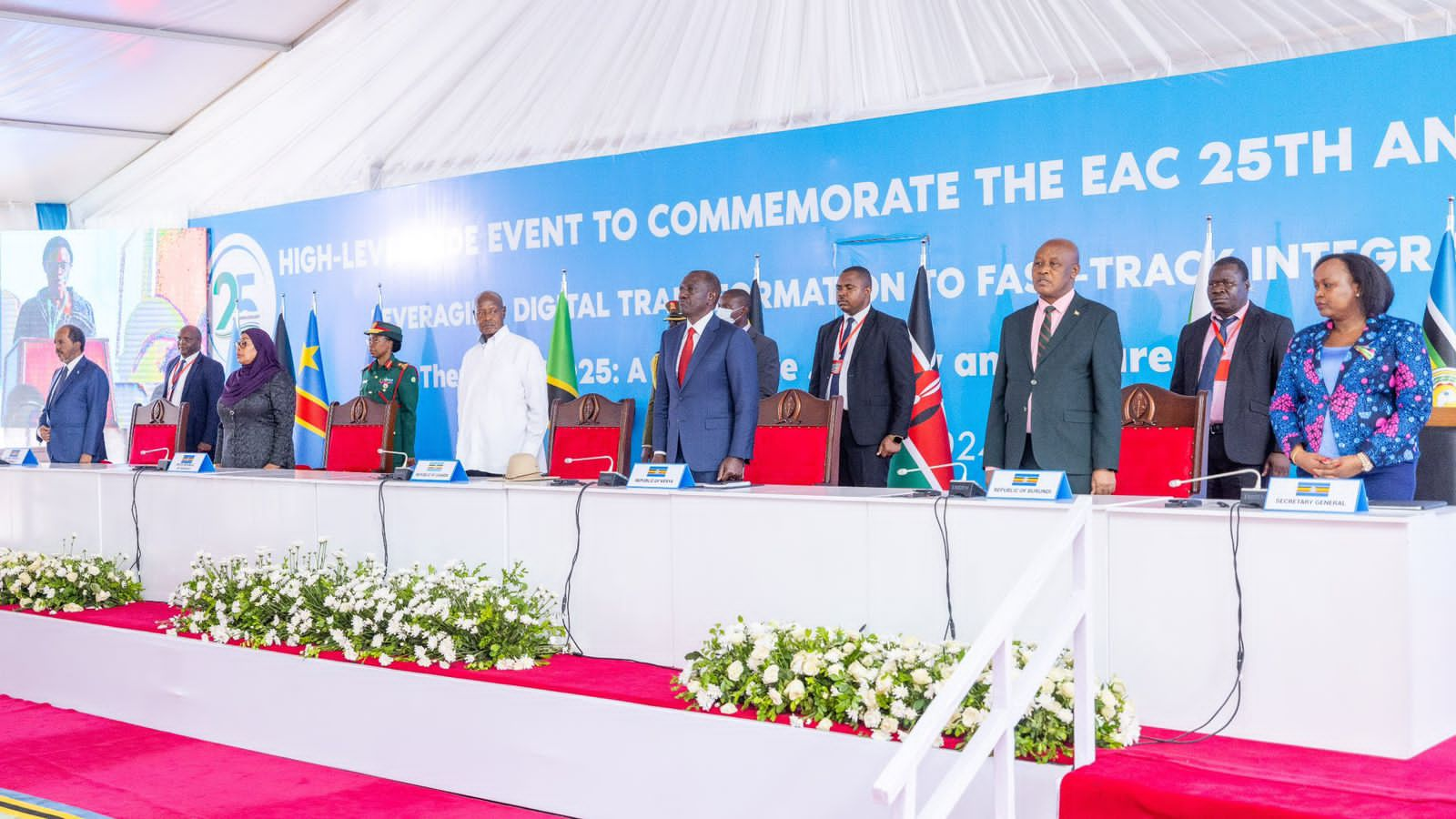
Additionally, the community has begun wide consultations toward establishing a political confederation; a potential precursor to a fully-fledged East African federation.
Progress on Multiple Fronts
The EAC has recorded remarkable progress across multiple sectors. Economically, intra-regional trade has more than doubled over the last seven years; rising from $6.2 billion in 2016 to $13.8 billion in 2023.
The rise has largely been attributed to a fully functional customs Union, harmonised external tariffs, and ongoing efforts to eliminate non-tariff barriers. Infrastructure development has complemented this growth, with significant investment in transport corridors such as the Northern Corridor and LAPSSET, making the movement of goods faster and more predictable.
The establishment of the common market has enabled freer movement of people, services and capital. Today, citizens of EAC countries can travel across borders without visas, work in different partner states and enjoy mutual recognition of academic and professional qualifications. These freedoms have been facilitated by policy harmonisation in immigration, labour and education.
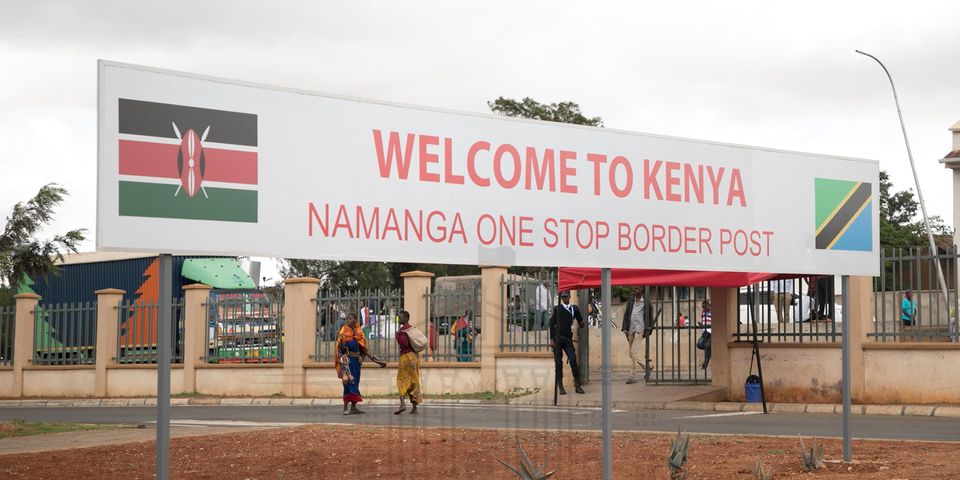
In industrialisation, the bloc has promoted value chains in priority areas like agriculture, pharmaceuticals and textiles, with a push for specialised economic zones across borders. This industrial focus has been reinforced by investments in skills training, digital technologies and manufacturing capacity.
Infrastructure has become the linchpin of integration. More than 15 one-stop border posts have been built to ease the flow of goods and people. Major roads like the Arusha–Namanga–Athi River highway have been upgraded, while regional railway connections and power interconnectivity are underway. The region also adopted a single roaming network that has drastically reduced communication costs for mobile phone users.
Progress towards a single currency under the Monetary Union Protocol has also gathered pace. Partner states have harmonised monetary and exchange rate policies, aligned budget and fiscal strategies, and integrated payment systems. While the East African Monetary Institute; a key institution for the single currency is yet to be operationalised, groundwork has been laid through convergence programmes and national commitments.
Politically, the EAC has continued to strengthen peace and security frameworks. These include an early warning system, peace funds and coordinated regional interventions in conflict zones such as eastern Democratic Republic of Congo. Community-led peace efforts like the cross-border “Peace Caravan” among pastoralist groups have improved relations and reduced tensions in volatile areas.
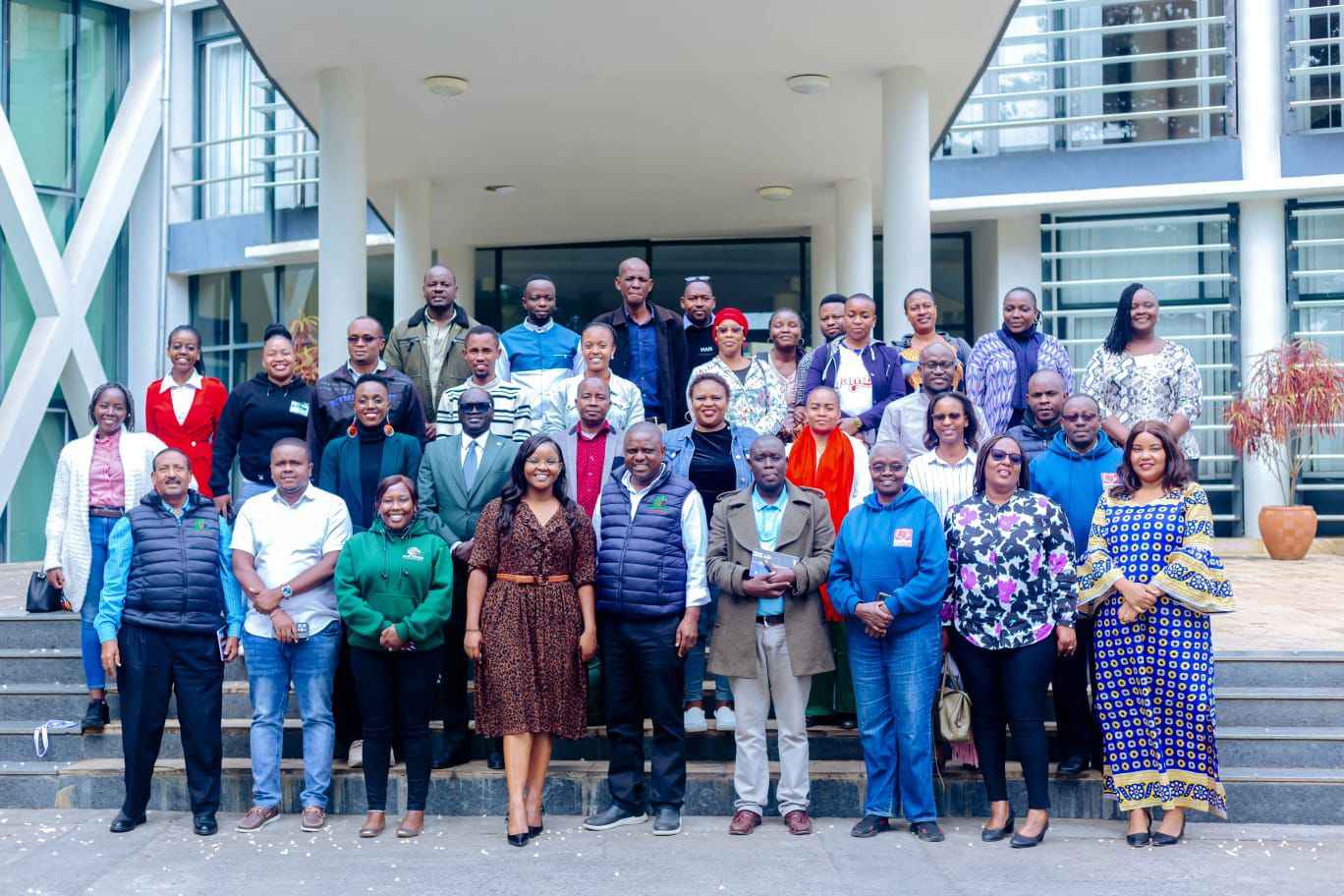
The health sector has benefitted from digital innovation, collaborative pandemic preparedness and regulation of medicines and vaccines. The creation of regional centres of excellence and digital health databases has improved access and planning.
In education, harmonised curricula and mutual recognition policies have enhanced mobility for students and professionals.
The EAC has also demonstrated strong commitment to gender and youth inclusion, with the adoption of regional strategies and platforms like the 50 Million African Women Speak initiative.
Legal frameworks to protect the rights of children, persons with disabilities, and women are now in place. Civic engagement through dialogues, youth forums and stakeholder consultations has strengthened the community's democratic fabric.
The Roadblocks to Deeper Integration
Despite these successes, the path to full integration has not been without its challenges. Non-tariff barriers; including administrative delays, protectionist policies and poor infrastructure continue to frustrate trade. Policy inconsistencies between partner states create bottlenecks, especially in immigration, taxation and labour mobility.
Infrastructure development faces funding limitations, while large cross-border projects often experience delays due to procurement bottlenecks and lack of coordination. The slow pace in establishing the East African Monetary Institute and the failure to meet convergence targets have also delayed monetary union efforts.
Political differences and recurring tensions in certain member states pose challenges to collective decision-making. External factors such as donor fatigue, global crises and climate-related disruptions have placed added pressure on already strained budgets and governance systems.
A Region Looking Ahead
Despite the hurdles, the East African Community is determined to stay the course. Key focus areas moving forward include full implementation of the Common Market Protocol and faster progress on the Monetary Union. The region also aims to mobilise blended financing, combining public, private and development funding to bridge the infrastructure gap.
Legal and policy harmonisation across partner states remains a top priority to ensure smooth enforcement of EAC laws. Efforts to strengthen peace and security institutions are expected to be matched by greater investments in early warning and response mechanisms.
The EAC is also banking on digital transformation, improved data systems and cross-sectoral collaboration to unlock efficiencies in health, education, finance and governance. With increased civic participation, the region hopes to deepen its democratic culture and deliver integration that touches citizens’ everyday lives.
As it marks 25 years since its rebirth, the EAC’s promise of “One People, One Destiny” remains a powerful vision. The journey has not been perfect, but the milestones achieved so far demonstrate that regional unity, driven by shared interests and political will, is not only possible; but is already transforming lives across East Africa.
